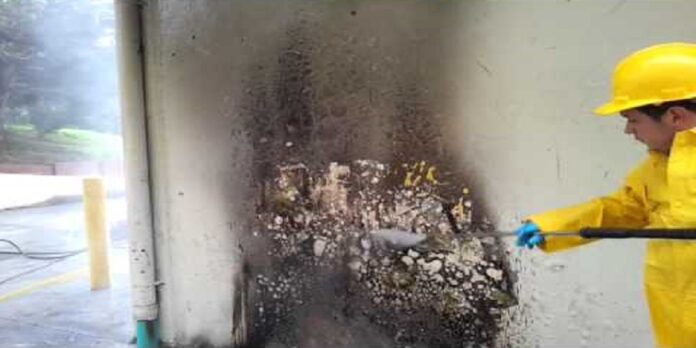Roof discoloration can be caused by organic sediments such as mold, mildew, algae, as well as other natural elements, which necessitate the use of pressure cleaning services to remove. However, accumulations of soot & creosote on a roof can also cause an ugly appearance. While all of these pollutants can harm the durability of a roof, it is critical to engage with a pressure cleaning business as soon as soot & creosote spots form on the surface of the roofing material. This is mostly because soot & creosote provide a considerable hazard. Do not worry at all as giraffetools server professionals are here to work with you.
Soot vs. Creosote: What is the Difference?
Unburned fragments and ash rise from a chimney, & then settle on rooftops, creating soot. Roofs can be stained with black or brown spots as a result of the combustion of fossil fuels like coal and heating oil. Because algae & other buildups resemble soot, it is difficult to distinguish the two.
Because it is composed of unburned carbon, soot is more flammable than other concerns that may require pressure washing in the future. The microscopic particles that blow off rooftops and into the air represent a health risk to everyone who breathes in the soot, including youngsters and the elderly.
Wood-burning stoves and fireplaces are common sources of creosote deposits. Incomplete combustion produces deposits that are either flaky, sticky, or bubbly in appearance. Fires in homes are often caused by the accumulation of soot in chimneys and flues. During the cooling process of a venting system, heated creosote accumulates at the top. Rain tends to worsen the problem since it spreads across a gable roof from the chimney. The shingles on a house may have reddish-brown streaks or patches surrounding the chimney. Seasonal power cleaning is recommended because creosote poses a significant fire hazard.
How Do Soot & Creosote Affect the Performance of Solar Panels?
Aside from the dangers of fire, creosote and soot build up more quickly because of their different chemical properties. During the colder months, neighborhoods that burn fuel emit a lot of soot-laced smoke into the air. Small particles are likely to drift toward surrounding buildings. Additionally, folks who live nearby power plants or other industrial operations sometimes have to deal with greater accumulations of snow and ice than those who do not.
Because solar panels are coated in soot, natural light cannot pass through the panels and be converted into electricity. Soot is one of the most damaging forms of debris to solar panels because of its broad reach. When it comes to creosote, creosote might be ignited by faulty solar cells or frayed wiring. Adding electricity to a flammable chemical is a prescription for tragedy, no matter how rare it may be.
A Pressure Washing Firm Is Essential for Removing Soot & Creosote
In many circumstances, soot & creosote will appear as a cloud of fine, white dust. This is not uncommon. It can also be a concern if creosote gets caked on or sticky. In most cases, spraying the stains of creosote on roof tiles or under solar panels, and/or around the chimney, does not remove them. It may be required to use safe cleansers specifically formulated to remove creosote and soot to pressure wash the afflicted areas.




